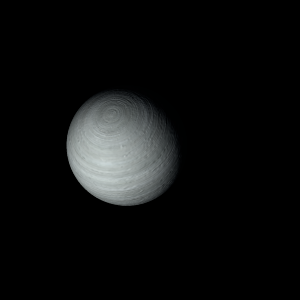|
|
Space Astro
|
Info for exoplanet "Qeqbest"
| Scientific (actual) data |
|---|
| Name | HATS-32 b |
| Planet status | Confirmed |
| Planet mass | 0.92 |
| Radius | 1.249 |
| Orbital period | 2.81265 |
| Semi major axis | 0.04024 |
| Orbit eccentricity | 0.471 |
| Inclination | 87.1 |
| Discovered | 2016 |
| Updated | 2016-07-11 |
| Tzero tr | 2456450 |
| Impact parameter | 0.4 |
| K | 124 |
| Temperature (kelvin) | 1437 |
| Publication | Published in a refereed paper |
| Detection type | Primary Transit |
| Mass measurement type | Radial Velocity |
| Radius measurement type | Primary Transit |
| Star name | HATS-32 |
| Right ascension | 346.08° |
| Declination | -21.27° |
| Mag v | 14.38 |
| Star distance | 839 |
| Star metallicity | 0.39 |
| Star mass | 1.099 |
| Star radius | 1.097 |
| Star age | 3.5 |
| Star temperature | 5700 |
| Wikipedia article | HATS-32 b |
Back
| |
| Fictional info (?) |
|---|
| Suggested name | Qeqbest |
| Planet type | Hot gas giant |
| It is the coldest planetary atmosphere in its solar system, with a minimum temperature of 88°K (-185°C), and has a complex, layered cloud structure with nitrogen thought to make up the lowest clouds, and carbonyl sulfide the uppermost layer of clouds.
A prominent result is the "great green spot", a giant storm that is known to have existed for centuries since it was first seen by telescope. |
| Atmosphere | Carbonyl sulfide | 48% |
| Nitrogen | 34% |
| Hydrogen | 8.9% |
| Oxygen | 6.7% |
| Krypton | 1.5% |
| Carbon dioxide | 0.035% |
| Atmospheric pressure | 0.1 bar |
 |
| No known satellites |
| Google search for Qeqbest |
|
Website by Joachim Michaelis
|
|
|
|